
|   |

|   |
 e-mail: sunilkothari1933@gmail.com Visual poetry October 17, 2017 Enchanting Vivarta at Purana Qila Dance Festival Photos: Avinash Pasricha Come September and Delhi is all agog with dance festivals. There are so many festivals organized simultaneously, that they overlap and one finds it difficult to make a choice as to what to see and what to forego. The Purana Qila Dance Festival, which is a continuation of Ananya Dance Festival, was formerly organized by Sanjeev Bhargav with the help of Ministry of Culture, Delhi Government. Now it has been taken over by the Delhi Government's Department of Art, Culture and Languages, and is mounted with assistance of Sahitya Kala Parishad, keeping the format more or less the same. Purana Qila is a magnificent monument renovated during Emperor Humayun's rule in the year 1533 AD. Sher Shah Suri of Suri Dynasty had defeated Humayun in 1540 AD as per the historical records. Popularly known as Purana Qila, Old Fort with its vast complex offers a spectacular view. In recent years in the early 70s it was director E. Alkazi who had used it for the play Andha Yug for National School of Drama. In later decades it has been the venue of various important theatre events and concerts. The dance festival has been one of the most popular events. However, this year, I was told that on account of the festivals of Navaratri and Dussera and Ramlila being performed all over Delhi, there was lesser audience than in the previous years. The organizers need to take this into account for mounting the dance festival next year and avoid the clash with the religious festivals. The backdrop is attractive, and in the evenings, with cool winds blowing and moon rising in the sky the ambience is perfect for a dance festival. Sahitya Kala Parishad has also arranged for vehicles to transport audiences from the base of the Fort to the venue where the stage is built. However, this year the arrangements for sitting were not appropriate. It is important to have sitting arrangements on a tier basis, so audience at the back can see the dancers clearly without the audience in the front obstructing the view. Slide show 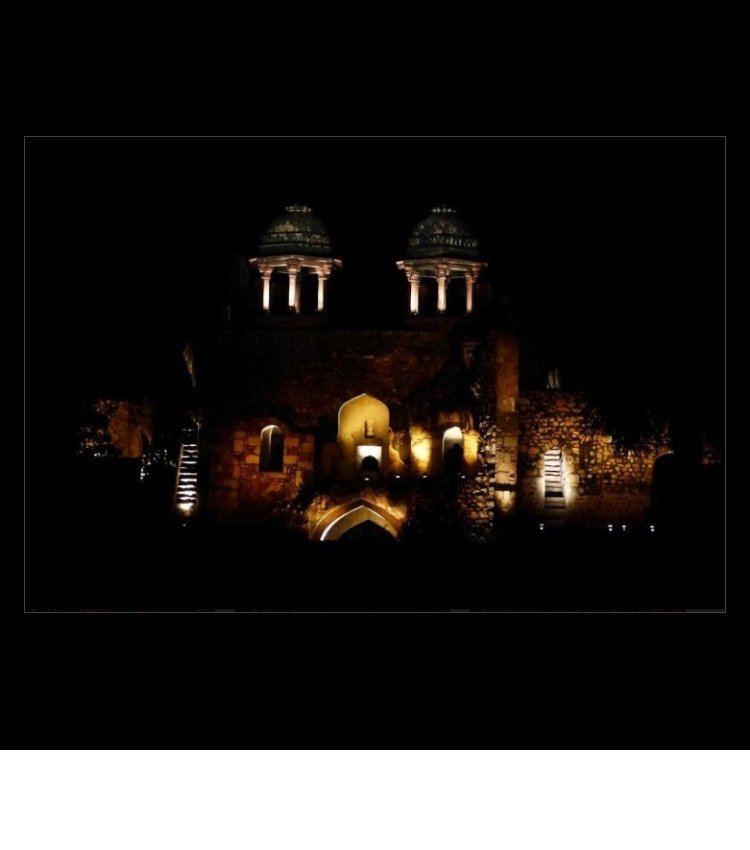
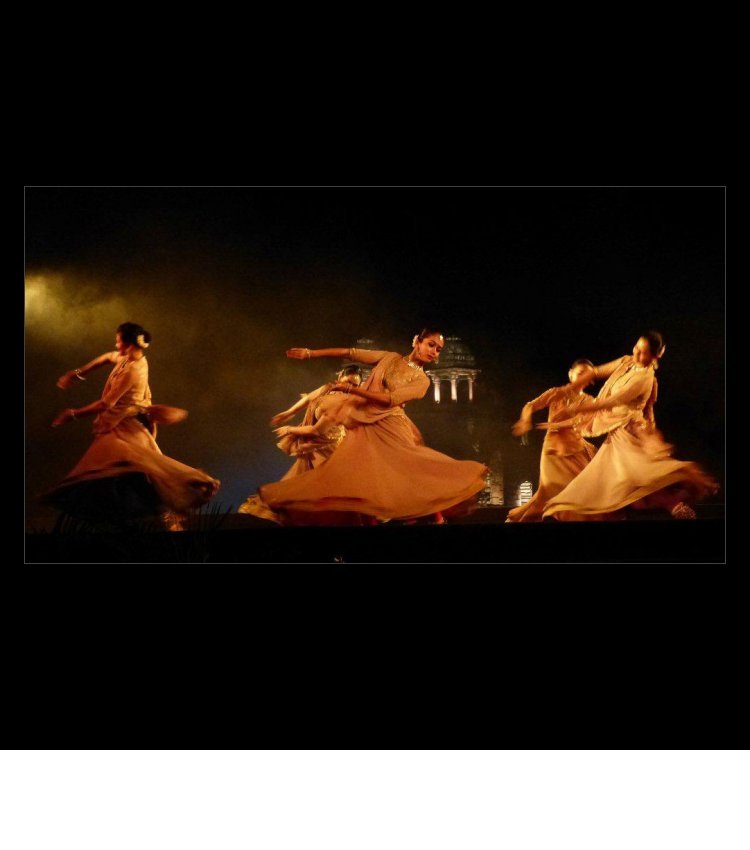
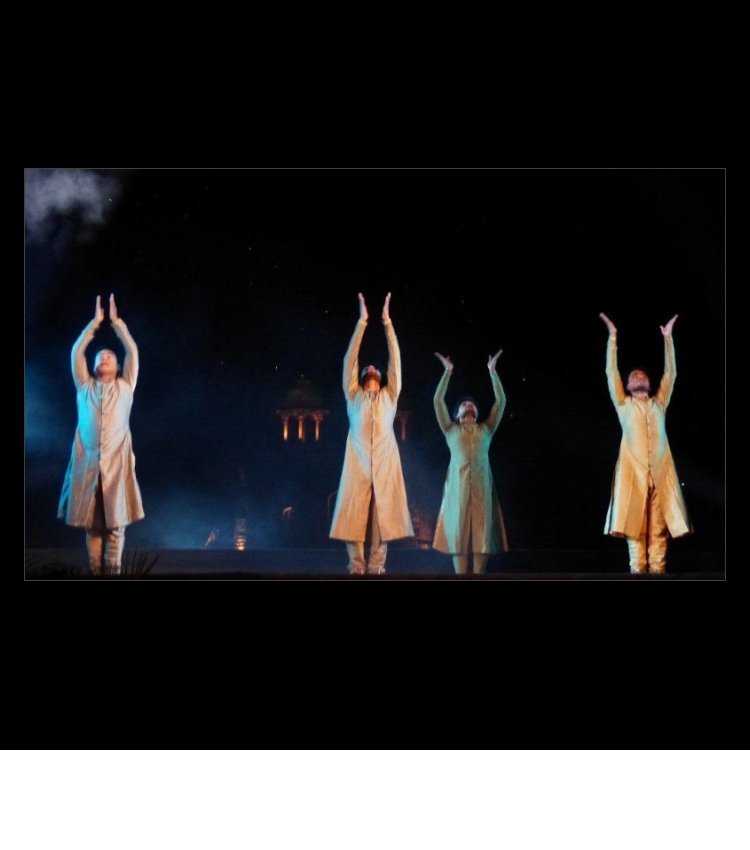
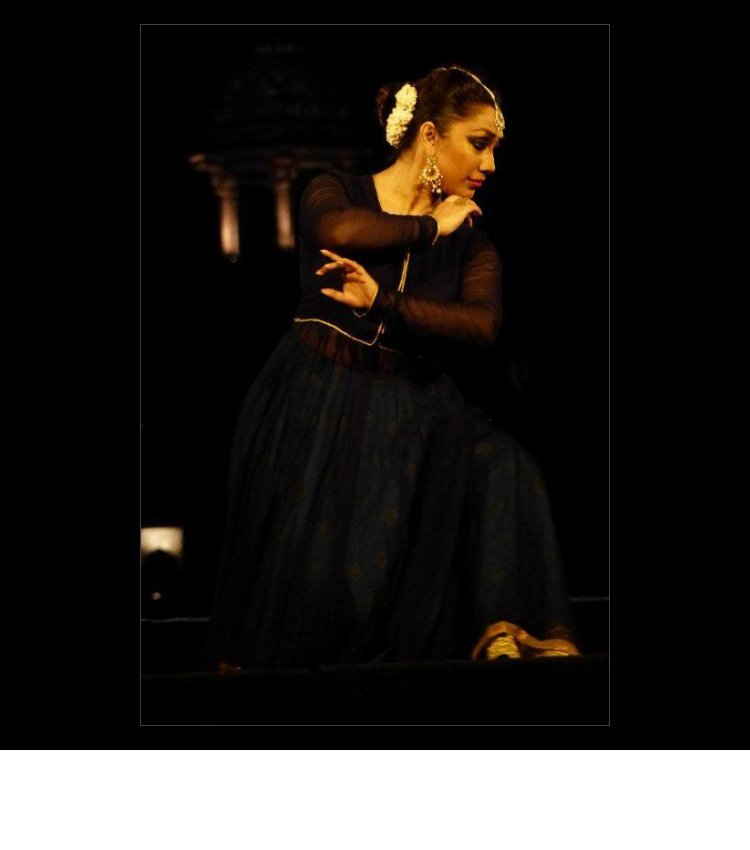
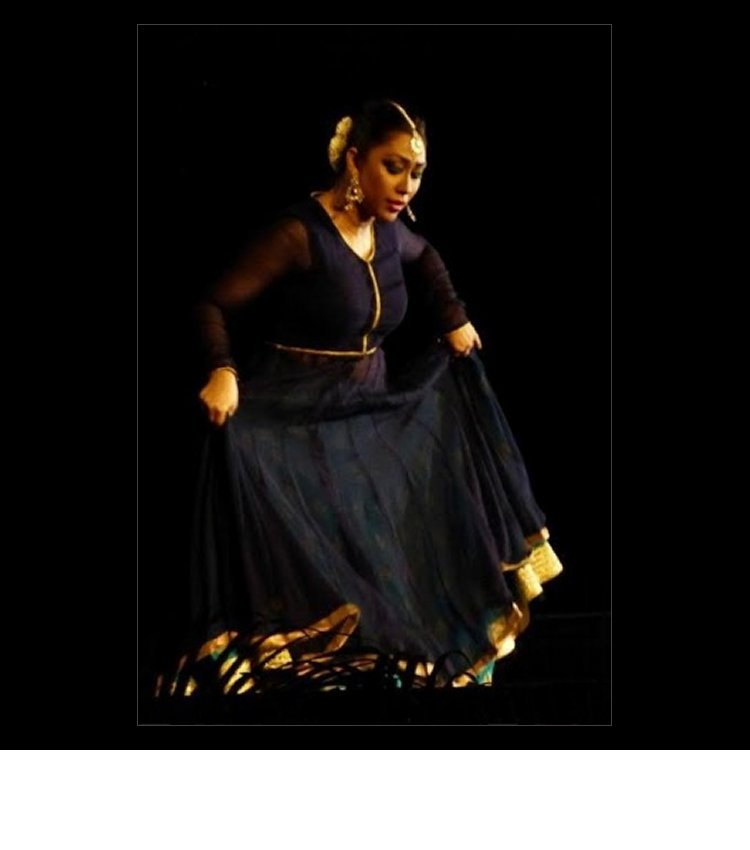
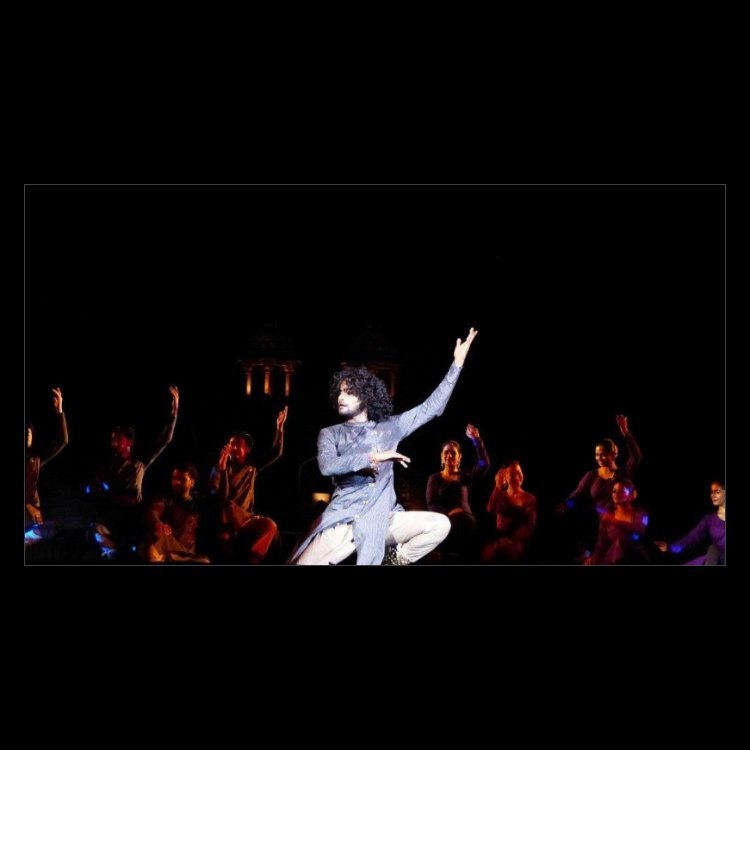
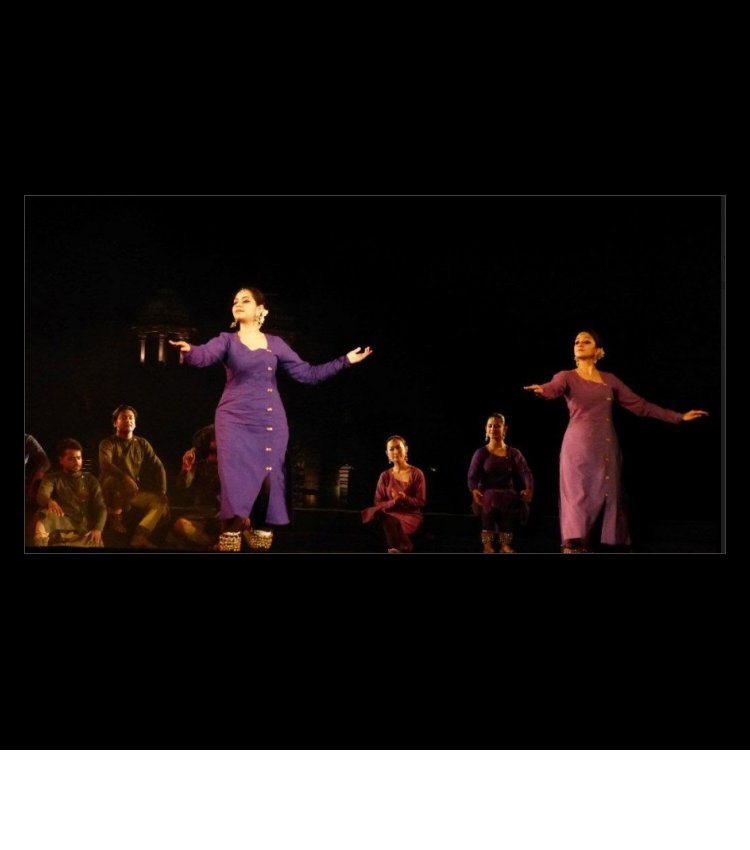
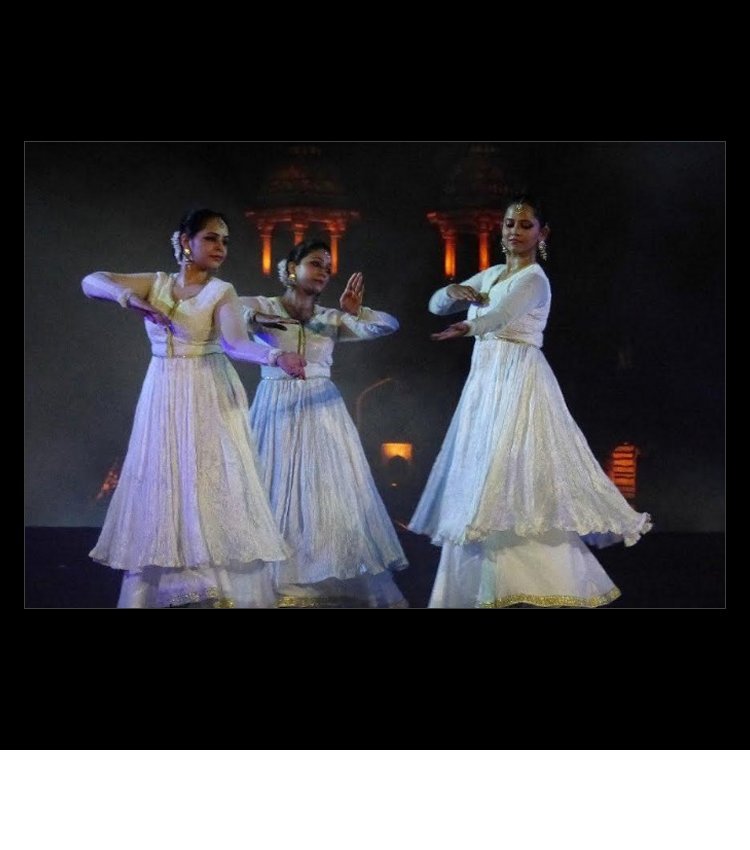
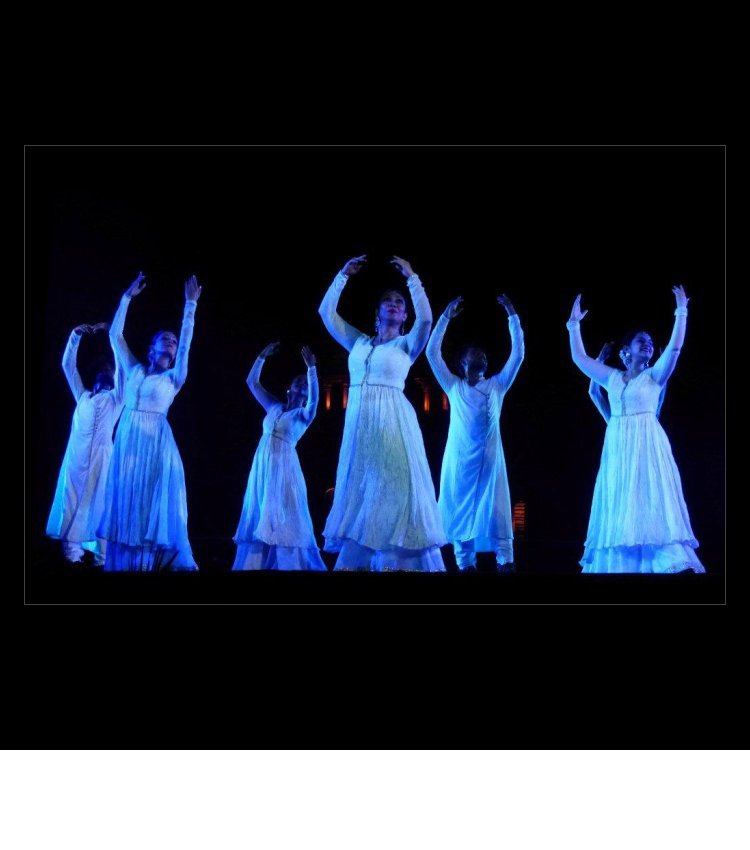

I could only see the group choreographic works on last two days (29th and 30th September) on account of other dance performances during the same dates. On 29th September was Vivarta, choreographed by Kumudini Lakhia in Kathak to the specially composed music by Pandit Madhup Mudgal. It was earlier choreographed for Kathak Kendra with the name Punarnava with repertory members of Kathak Kendra. After an interval of six years, it is mounted with few changes and is performed by dancers of Kadamb Centre for Dance and Music, Ahmedabad. In her choreographer's note, Kumudini mentions: 'Vivarta is based on the lyric Niratat Dhang, dancing with grace, an ashtapadi which is the lakshan geet of Kathak dance, written by Bindadin Maharaj. The intention of presenting this piece is to interpret an early text in contemporary form and reiterate that the foundation of any dance, regardless of its form, is timeless and uniform across generations. Kathak too has always retained its form, beauty and substance through ages. The endeavor here is to enhance the appreciation of Kathak dance.' Vivarta in its new avatar wears a new look with young male and female dancers, performing with precision and energy. As a choreographer, Kumudini is par excellence and invests the production with freshness. The new costumes with choice colours bring the gopis alive when they first appear on the scene to the mellifluous singing of Madhup Mudgal. The lakshan geet, describing the salient features of Kathak dance form, weaves in exquisite patterns to the bols, the mnemonics of Kathak. These very features are performed by countless dancers over the years, but what Kumudini does is to make a garland of it in a visual form. There is minimalism, and not one to one description of the text. The words 'Bahe pavan manda sugandh shital, bansi bat tat nikat Yamuna, brindaban ki kunj galin me Radhe Gopi umang' - the cool fragrant breeze blowing, in the bowers of Brindavan and the banks of Yamuna, where the gopis frolic with Radha - suggest atmosphere. The characteristics of Kathak emerge from the dancing. Enter five male dancers walking like heroes, the warriors dressed in beige colour achkans, waist coats, executing intra forms of Kathak with vigour to raga Hindol. The contrast is striking after the graceful dancing of the female dancers. Exploring the tandava aspect, Kumudini brings to the notice of spectators the virile aspect of Kathak as a part of nritta. They perform with manly demeanor taking pirouettes that are mindboggling. The eka pada bhramari, turning like a spin on one leg and standing rock steady speaks volumes for virtuosity. The song earlier mentions Shiva, wearing crescent moon and Ganga in his jata, plays damaru, with the mnemonics dha dha dha dha, dhan dha, Narada playing veena and other gods various instruments; the description is a mere peg, which the choreographer employs with imagination. Follows a solo by a dancer; she is Radha moving gracefully absorbed in thinking of her beloved and overwhelmed by her own beauty. The gopis appear describing the beauty of Brajbhananandini, daughter of Brajbhan, whose saree and different ornaments are shining like jewels compared to sun and moon. The gopis clad in colourful costumes take several chakkars and play with small cymbals adding colour to the scene creating joyous mood. In Kathak jugalbandhi, the repartee is a part of dance. Appear five male dancers, who sit on the upper stage and are joined by five female dancers. The male dancers recite bols of Kathak, which the female dancers respond to. Then the male dancers get up and dance to the bols tat ta thai, thai thai, tat, ta di dig dig dig, and dance tihais, triple time compositions. Responding to them female dancers dance and the repartee becomes competitive. The stage is filled with sounds of ankle bells, and the tatkar, the footwork, another salient feature of Kathak. The song mentions various aspects of Kathak like agraferi, kavach palta, uchhang, sangeet and the bols trigun gid gid. That offers Kumudini opportunity to weave in dance movements showing agraferi, dancing in forward direction, the palta, variation, ucchang, jumps with the mnemonic syllables tat ta tigdha, dig dig tat ta tahiya. The group of five male dancers with one female in blazing yellow executes these elements, jumping for ucchang and dancing with breathless energy. Sanjukta Sinha flies like a flame waving her yellow skirt. These lakshanas, aspects of Kathak find felicitous expressions in the energetic dance creating wonders. Kumudini has changed the end of the former work Punarnava, and instead of reverting back to main refrain nirtat dhang, introduced a tarana in Kedar raga with entire ensemble of five male and twelve female dancers in white costumes, designed by Anuvi Desai, with arresting lighting by Gyan Dev, creating a vision of swans flying all over. The dancers with their flowing skirts, holding them and at times waving them created an illusion of swans. When the entire group took pirouettes, it was like waves of the ocean. The various bols of kathak embellished the dance and tarana with its climax, cast a spell on the audience. If Kathak as a dance form wore contemporary look, it was indeed the genius of the choreographer visualizing it in this fashion. Bravo, Kumudini, her entire team and Madhup Mudgal for enchanting music. Kumudini has offered visuals of great beauty of the Kathak form in Vivarta, transformation, which will linger long in one's memory. Malavika Sarukkai's Thari was visual poetry Photos: Shalini Jain A factual description of Kanjeevaram sari by sociologist Arati Kalra inspired Malavika Sarukkai to explore the design of play of thread. For two and half years she worked upon the seed of concept and she created in Bharatanatyam the journey of sari as a metaphor for life. Thari - The Loom, offered her a certain freedom to work with the classical form and expand its range. She says that inspiration was like an ambush. It led her to meet weavers to understand how the loom functions, its rhythm and how she could work with it in terms of dance. Stepping out, taking risks she has tried to do things, going outside of the narrative of classical repertoire, the figurative and descriptive, and exploring the abstract. She was struck by the sound of the looms when she went to Kanchipuram. The rhythms of the loom, as it were, were part of her life as rhythms in dance. She visualized threads, which came alive, as MalavIka puts it, 'as dancing bodies.' It is an exceptional team work with Sumantra Ghosal, creative collaborator, film maker of 'Unseen Sequence' on Malavika. An array of musicians, sound designer, light designer, costume designer, recording with technical support and even a collector's item, the program book designed by Mohiniattam dancer and graphic designer Miti Desai, the attention paid to details, with five dancers, has resulted into a dance production which is not only highly professional but also of a very high standard in each department. In recent memory, barring a few classical dance productions, I have not seen such dance work that has left an indelible impression. In the capital, where Delhiites are used to attending free performances, to see people buying tickets was a reassuring feeling. On October 13, 2017, the crème de la crème audience of the Capital, gathered in the foyer of Kamani Auditorium waiting patiently to take their seats till the light rehearsal was over was also a refreshing sight. Tastefully displayed saris in one corner generated an expectation of what one was to watch in terms of dance. 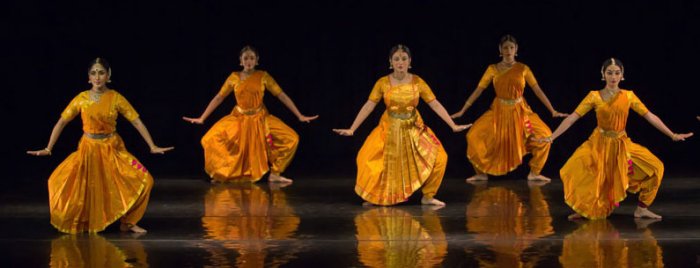 It was this feeling of celebration that the entire work was imbued with. The dancers with spindles of colourful threads, dressed in golden yellow costumes jumping in the air with joy, wove a web of magic. In the second part Warp and Weft with commissioned music by Aditya Prakash in ragamalika and talamalika, sound design by Malavika, the threads criss-crossed and embraced the warp horizontally to create design, motif, colour - the weft- with choreography anchored in basic movements of Bharatanatyam suggesting precise lines marked by rhythm in the vertical and horizontal planes - it was exquisite and imaginative in terms of dance vocabulary. Poet Surdas's words brought visions of Radha's passion for Krishna: 'Anga anga lipati Kishori', like sari, enveloping form of dark Shyam, 'bansi bat kana bajavat bansuri', the divine one playing the flute- the song, the tunes, the dance - it was a confluence of painting, colour, rhythm, light...a feast for the eyes! Sumantra's recitation of poems he has written for the production in English, resounded and reverberated: 'Stretched end to end, Warp is the constant, that meets our gaze and never blinks; within its embrace lies Weft, delicate, carefree, a shimmer, a glance, a possibility.' 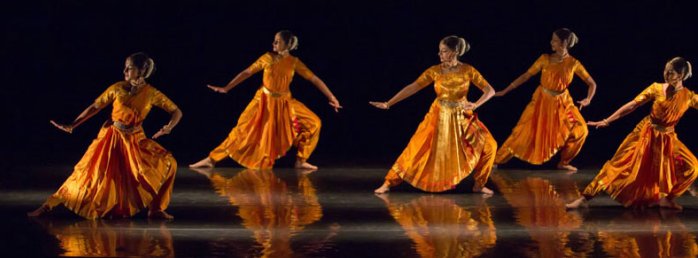 The sections on motifs kili, parrot associated with love, the vehicle of Kamadev, mayil, peacock, mayilkann, mesmerizing peacock eyes, recreating them in dance with the hastas, have a dramatic impact, and the most popular motif of annapakshi, hamsa, the mythical swan on which goddess Saraswati rides, to the recitation of Ya kundendutusharaharadhavala, which the audience hum, have been interwoven with dexterity of a craftsman, replete with Hindu speculative thought and philosophy. The Sari with tassels danced with tillana like composition and refrain of Hamsa as 'Soham', 'I am you', 'Om Param Hamsa', recalling Ganga Jamuna, six dancers dancing in chain formation, the lights slowly flickering on their bodies, the message conveying the existence beyond life and death, the peace pervading, sound, light, vision slowly fading like Maya, illusion, the journey of sari continues as metaphor for life. The audience gave artists and the team a standing ovation. The dancers were Malavika Sarukkai, Jyotsna Jagannathan, Aruna Bhargavi, Shrutipriya Ravi, Nayashree KN, and Shreema Upadhyaya. The musicians in recording were S. Srilatha (nattuvangam), Sheejith Krishna (konnakol), Murali Parthasarathy and Aditya Prakash (vocals), Nellai A Balaji (mridangam), Sai Shravanam (tabla), Srilakshmi Venkataramani (violin), Bhavani Prasad (veena), Vishnu Vijay (flute), L. Kishore Kumar (sitar). Costumes by Sandhya Raman, light design was by Gyan Dev Singh and sound design production by Sai Sravanam at Resound India, spindles of Rajsekhar Kundu with special thanks to Master Weaver B. Krishnamoorthy. Thari was presented by Taneira Saris, a show not to be missed.  Dr. Sunil Kothari is a dance historian, scholar, author and critic, Padma Shri awardee and fellow, Sangeet Natak Akademi. Dance Critics' Association, New York, has honoured him with Lifetime Achievement award. Post your comments Please provide your name and email id when you use the Anonymous profile in the blog to post a comment. All appropriate comments posted with name & email id in the blog will also be featured in the site. |